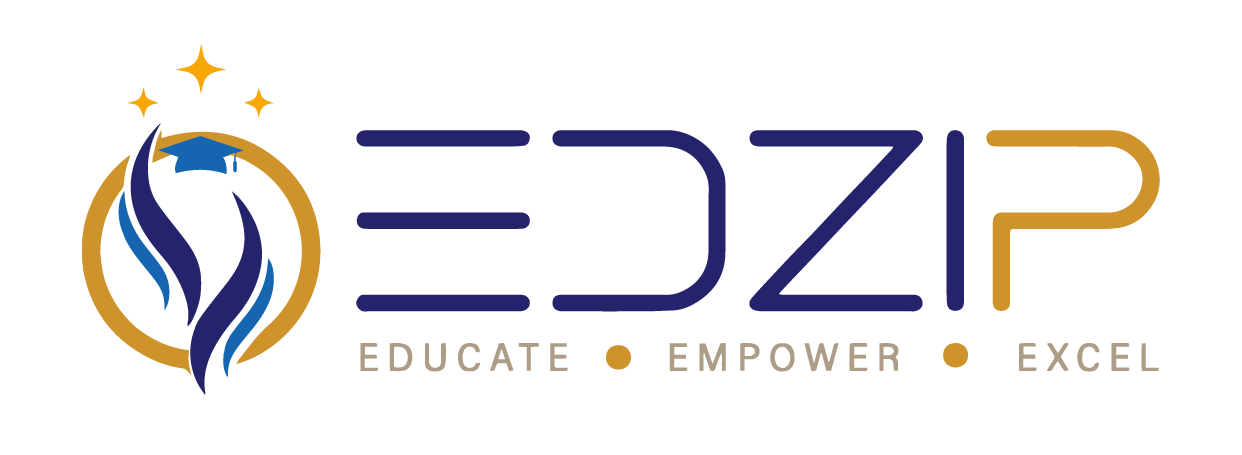How to Talk About AI with Students: Guiding the Next Generation of Digital Thinkers

AI is no longer a tech topic for the future—it’s a conversation for today’s classroom. Students are already using AI-powered apps, whether it’s through Spotify recommendations, gaming algorithms, or smart assistants. So as educators, it’s our responsibility to guide them in understanding how this technology works, its potential benefits, and its ethical concerns.
Here’s how you can start talking about AI with your students—and why it matters more than ever.
Start With Questions, Not Lectures
To begin, you don’t need all the answers—you just need the right questions. Let your students lead the conversation. Ask them:
- What is AI, and where do you see it in your daily life?
- How do you think Spotify knows your music taste?
- How do platforms like Amazon suggest products so accurately?
- Can we trust everything AI says? Why or why not?
- Should students use AI tools like ChatGPT to help with writing?
- What are the pros and cons of using AI in education?
These open-ended questions get students thinking, reflecting, and building their own digital awareness.
Turn Curiosity into Critical Thinking
Once students start exploring the topic, connect it with fun, interactive activities:
- AI Scavenger Hunt: Ask students to list apps, games, or tools they use that might use AI.
- Real or AI?: Show examples of AI-generated images or videos and ask students to decide which are real and which are artificial. Let them explain how they knew.
- Pros & Cons Debates: Have students take sides on ethical AI questions like whether it’s okay to use ChatGPT for homework or how AI might impact jobs in the future.
These activities promote higher-order thinking skills, media literacy, and critical analysis—core skills in the age of AI.
Empower Students as Creators, Not Just Users
Students aren’t just curious—they’re capable. With the right guidance, they can become AI thinkers, designers, and even innovators.
Some teachers are already seeing this happen:
- Students creating mock chatbot apps for nutrition advice or mental health support.
- Teens like Ronil Dubal designing tools like Studysnap to help peers study smarter.
Encouraging student-led projects not only builds digital skills but also boosts confidence and creativity. You don’t need to be an AI expert—just someone who’s open to learning together.
Guiding Students, Together
Students are going to use AI—inside and outside school. So rather than avoiding it, let’s give them a framework for using it responsibly. When students are taught to question, explore, and even design with AI, they become leaders in their own learning.
Final Thought
It’s not about mastering every tool. It’s about starting the conversation. Helping students understand, question, and use AI responsibly is how we truly prepare them for a future that’s already unfolding.
At Edzip, we believe in future-focused education. Through our global programs and student-first approach, we support learners to explore, create, and lead with confidence. Start your AI-ready learning journey at edzipeducation.com.

